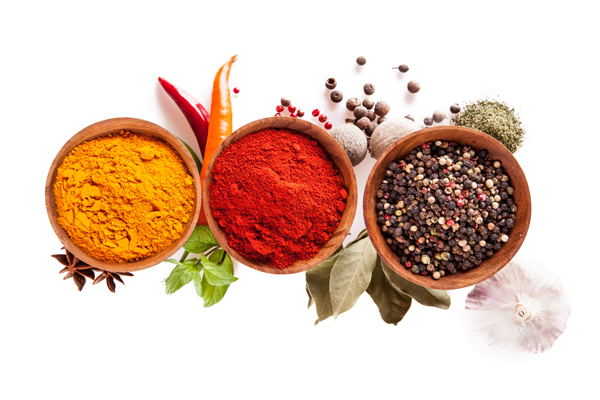As consumers turn away from artificial ingredients and processed foods, manufacturers are looking for inexpensive yet effective ways to clean up their product labels. However, making the switch can be difficult as manufacturers do not want to compromise the overall taste, texture and appearance of their products.
According to Kantha Shelke, Principal at food science and research firm Corvus Blue LLC, consumers have three major expectations from their foods: recognizable ingredients with no added chemicals, products that are free from synthetic additives and minimalist products made from fewer and natural ingredients.
Brooke Bright, Senior Data Manager at Label Insight, reveals three easy ways for manufacturers to clean up their product labels.
1) Natural Colors
Naturally derived colors are among the easiest ingredients for manufacturers to incorporate into their products. With a variety of fruits, vegetables and herbs that contain powerful pigments to choose from, manufacturers can easily find the right ingredient for their product’s color. This allows companies to add the “no artificial colors” sticker on their labels, a quality many consumers appreciate.
“As far as replacing ingredients and reformulations go, [artificial colors] are probably the easiest,” Bright told Food Dive.
“There’s pretty often [a] relatively comparable natural version that they can use to derive that color.”
Many brands have already incorporated natural colors into their formulations, some of which encountered zero disruption from the switch. Kraft replaced Yellow 5 and Yellow 6 in its macaroni and cheese products with a mix of paprika, annatto and turmeric in 2015. The change was not noticed by consumers until the company announced their switch months later.
2) Natural Sweeteners
Sugar is one the biggest health concerns for consumers today. With sugar taxes added on top of the ingredient, it would be in the best interest of manufacturers to invest in sugar alternatives.
Some manufacturers have found a way around using “sugar” on their labels by calling the ingredient “evaporated cane juice.”
“Consumers are led into believing products made from evaporated cane juice and agave are healthier and more natural than the original,” Shelke said.
“Evaporated cane juice is not cane ‘juice,’ but just another name for sugar.”
However, many health-conscious consumers are well aware of what natural sweeteners are and as this demographic grows, manufacturers need to incorporate real alternatives to the ingredient.
Manufacturers are looking at sweet ingredients like monk fruit, honey and agave nectar, but the most popular natural sweetener on the market is stevia. The plant-based sweetener is 100 percent natural and is 30 to 40 times sweeter than sugar itself. In August, stevia was an ingredient in over 27 new products launched.
The only flaw in this natural sweetener is its bitter aftertaste that many consumers find unappealing. However, food scientists have worked to remove that aftertaste through isolating and extracting sweeter components of the plant. Researchers have found specific steviol glycosides within the plant- Reb D and Reb M – that have the sweetest profile in the plant. Scientists have also sequenced the plant’s genome in order to learn more about glycosides and how to properly use them in food formulations.
Coca-Cola recently announced the launch of a stevia sweetened coke beverage in 2018 after partnering with PureCircle on a joint supply agreement for their patented Reb M glycoside.
3) Natural Preservatives
According to Bright, artificial preservatives are usually the last to go in food reformulations due to food safety.
“You get a product without artificial preservatives — or preservatives of any nature — and you’re losing perhaps shelf life or safety, and that’s something that manufacturers by and large aren’t willing to trade on because it’s so important to consumers,” she said.
“Whether it’s 100% top of mind or not, you probably won’t find a consumer that says, ‘I prefer a clean product over a safe product.”
However, consumers are cautious of nitrates, nitrites, sodium benzoate, calcium propionate and potassium sorbate because of their unfamiliar names that sound more chemical. Nitrates are at the top of consumer concerns due to their link to causing cancer. Due to the frequent use of nitrates in food products for reducing bacterial contamination, many food manufacturers are finding it difficult to replace the ingredient.
There are alternatives to nitrates that manufacturers are already incorporating into their products. By using naturally occurring nitrates like celery powder, manufacturers are able to clean-up their labels and appeal to consumers. Ingredients such as sage, salt and vinegar are also used by food companies as preservatives in processed meats. Rosemary, citric acid, sugar and other herbal extracts can be used as preservatives on non-meat products like bread, cookies and dry cereal. Clean label technologies like high pressure processing and aseptic packaging are also popular methods for preserving foods.
These three steps can help manufacturers clean up their labels and contribute to the overall health of their consumers.












Join or login to leave a comment
JOIN LOGIN